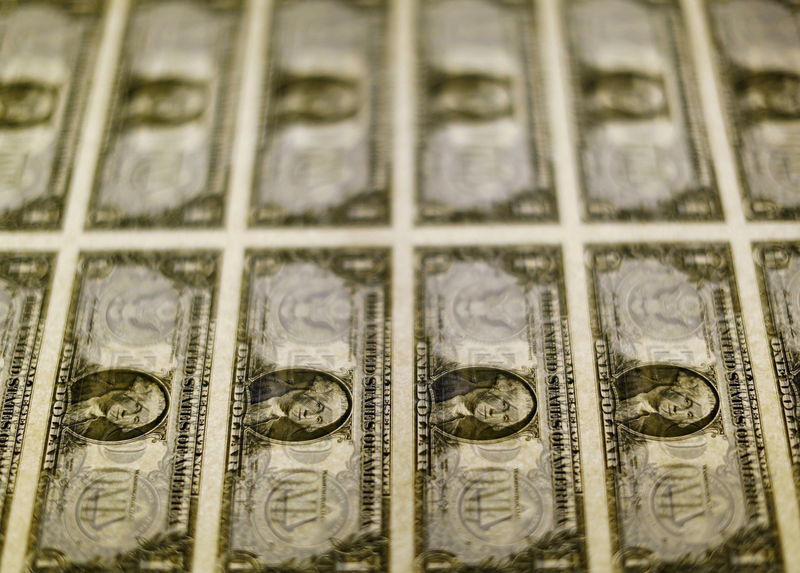 © Reuters.
© Reuters.
Investing.com-- Most Asian currencies weakened on Thursday, tracking a recovery in the dollar as stronger-than-expected U.S. retail sales data brewed some uncertainty over the path of interest rates.
Mixed signals from high-level U.S.-China talks also dented sentiment. While Presidents Xi Jinping and Joe Biden flagged more communication between the two countries after a meeting on Wednesday, a comment from Biden- that Xi is a “dictator,” seemed likely to have irked Chinese authorities.
The Chinese yuan fell 0.2% to 7.2601 against the dollar, also coming under pressure from data showing a sustained decline in Chinese house prices.
The Japanese yen weakened past the 151 level again following overnight strength in the dollar, which put traders on watch for any currency market intervention by the government. Japanese exports grew more than expected in October, data showed, while imports plummeted past expectations.
The South Korean won rose 0.2% after steep overnight losses, while the Malaysian ringgit led losses across Southeast Asia with a 0.8% slide.
The Indian rupee fell slightly after disappointing trade data on Wednesday, which showed more widening in India’s massive trade deficit.
The Australian dollar was among the worst performers for the day, losing 0.5% on a mixed labor market reading. While overall employment rose more than expected in October, the unemployment rate increased and growth in hours worked fell.
Any cooling in the jobs market gives the Reserve Bank of Australia less impetus to hike interest rates, which is negative for the Aussie.
Dollar recovers from 2-½ mth low on strong retail sales data
The dollar rebounded from an over two-month low hit earlier this week, with overnight gains in the greenback extending into Asian trade. The dollar index and dollar index futures rose 0.1% on Thursday after adding 0.4% in the prior session.
Signs of resilience in U.S. retail spending saw traders second-guessing expectations when the Federal Reserve will begin cutting interest rates in 2024. While data released earlier this week showed that U.S. inflation was easing, strength in consumer spending heralded sticky inflation in the coming months.
But the greenback was still nursing steep losses for the week, as the softer inflation readings saw traders pricing in no more rate hikes by the Fed. The central bank had flagged a largely data-driven approach to future hikes, and said it will keep rates higher for longer.
Higher rates bode poorly for risk-driven Asian currencies, as the gap between risky and low-risk yields narrows.

